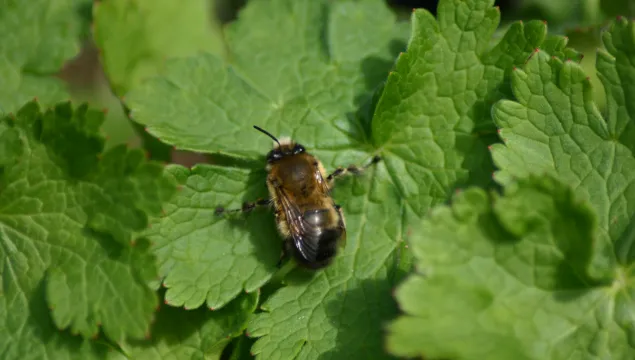
Hairy-footed flower bee
The hairy-footed flower bee can be seen in gardens and parks in spring and summer, visiting tubular flowers like red dead-nettle and comfrey. As its name suggests, it has long, orange hairs on its middle legs.

The hairy-footed flower bee can be seen in gardens and parks in spring and summer, visiting tubular flowers like red dead-nettle and comfrey. As its name suggests, it has long, orange hairs on its middle legs.
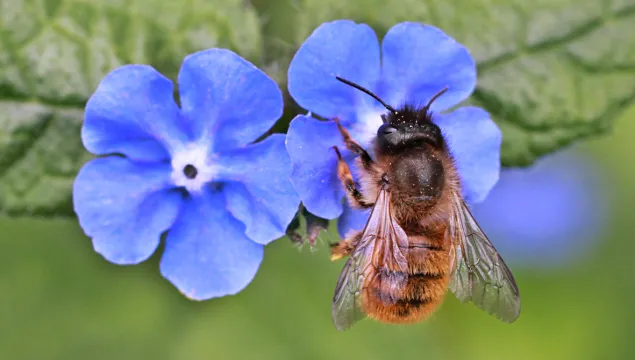
The Red Mason Bee is a common, gingery bee that can be spotted nesting in the crumbling mortar of old walls. Encourage bees to nest in your garden by putting out a tin can full of short, hollow canes.
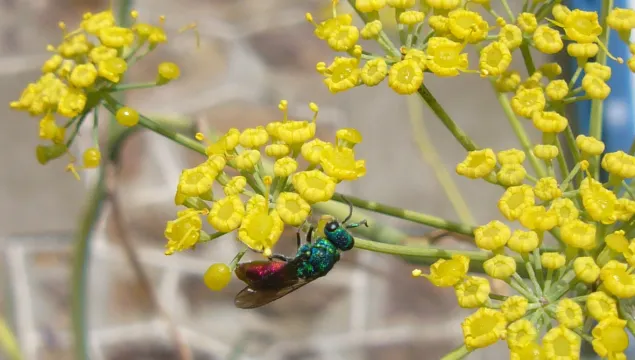
If seen up close, the glittering Ruby-tailed wasp is, perhaps, one of the UK's most beautiful insects. A solitary wasp, it can be found in sandy and rocky habitats like quarries, outcrops and walls.
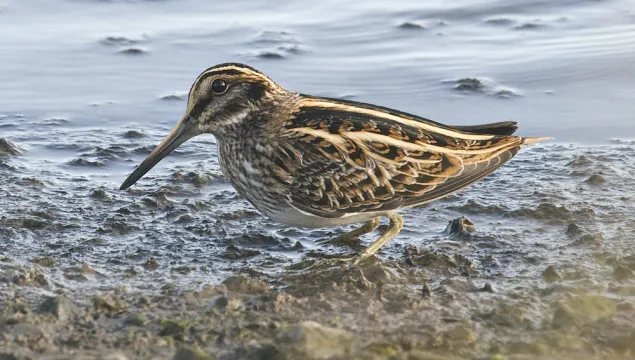
This well-camouflaged wader is a winter visitor to the UK, where it can be seen feeding on wetlands with a distinctive bobbing motion.
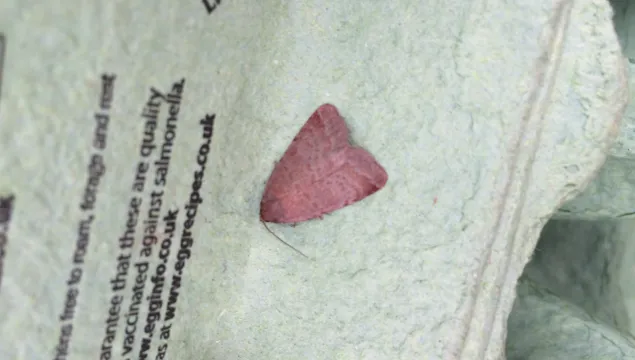
A very rare species, this moth is now limited to one site in the UK. Males can be a striking reddish buff in colour.
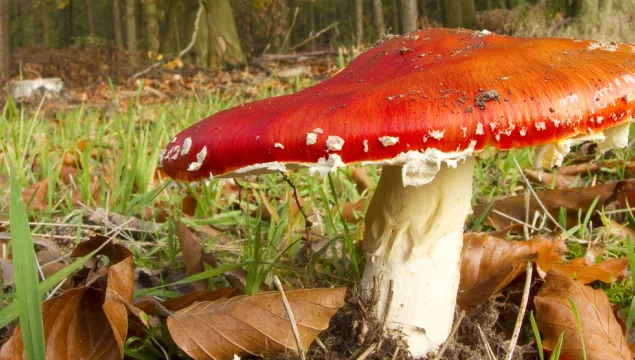
The classic fairy tale toadstool, this red and white fungus is often found beneath birch trees in autumn.
Once widespread, this attractive plant has declined as a result of modern agricultural practices and is now only found in four sites in South East England.
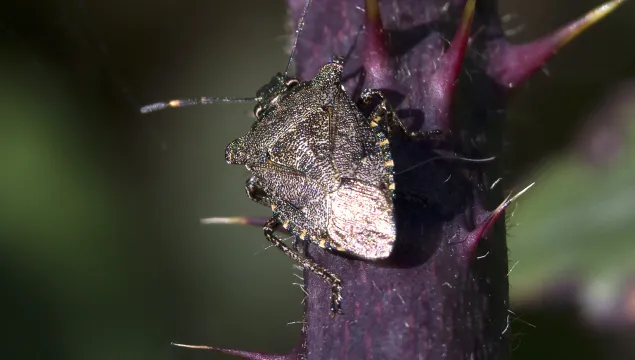
Unlike many of its relatives, this shimmering shieldbug is a predator, feasting on caterpillars and a variety of other insects.
A bushy brown seaweed that appears bright blue underwater.
A scarce but distinctive brown seaweed with curved, funnel-shaped fronds. It is a warmer water species at the northern edge of its range on the south coast of England.
Often confused with the larger but similarly shaped lion’s mane jellyfish, the blue jellyfish can be colourless when young and develop a striking blue-purple bell as it matures.
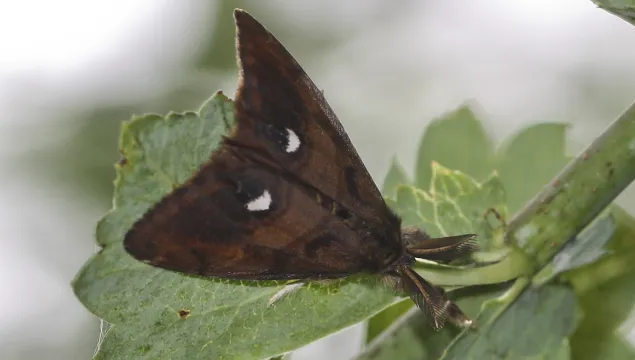
The mohawk-sporting caterpillar of this moth is often seen on shrubs and trees in late summer. As adults the orange-brown males fly by day, but the flightless females don't stray far from their cocoon.